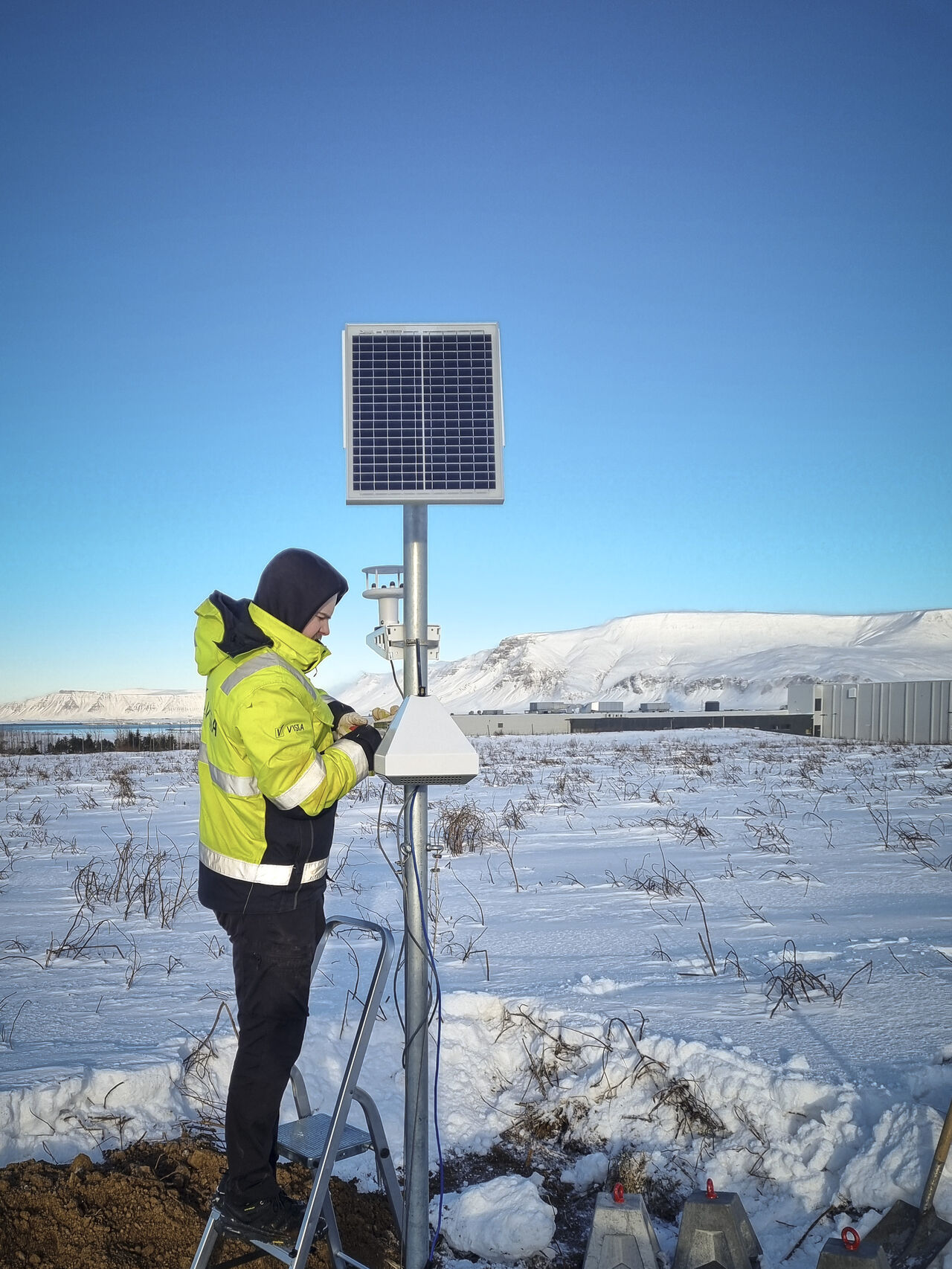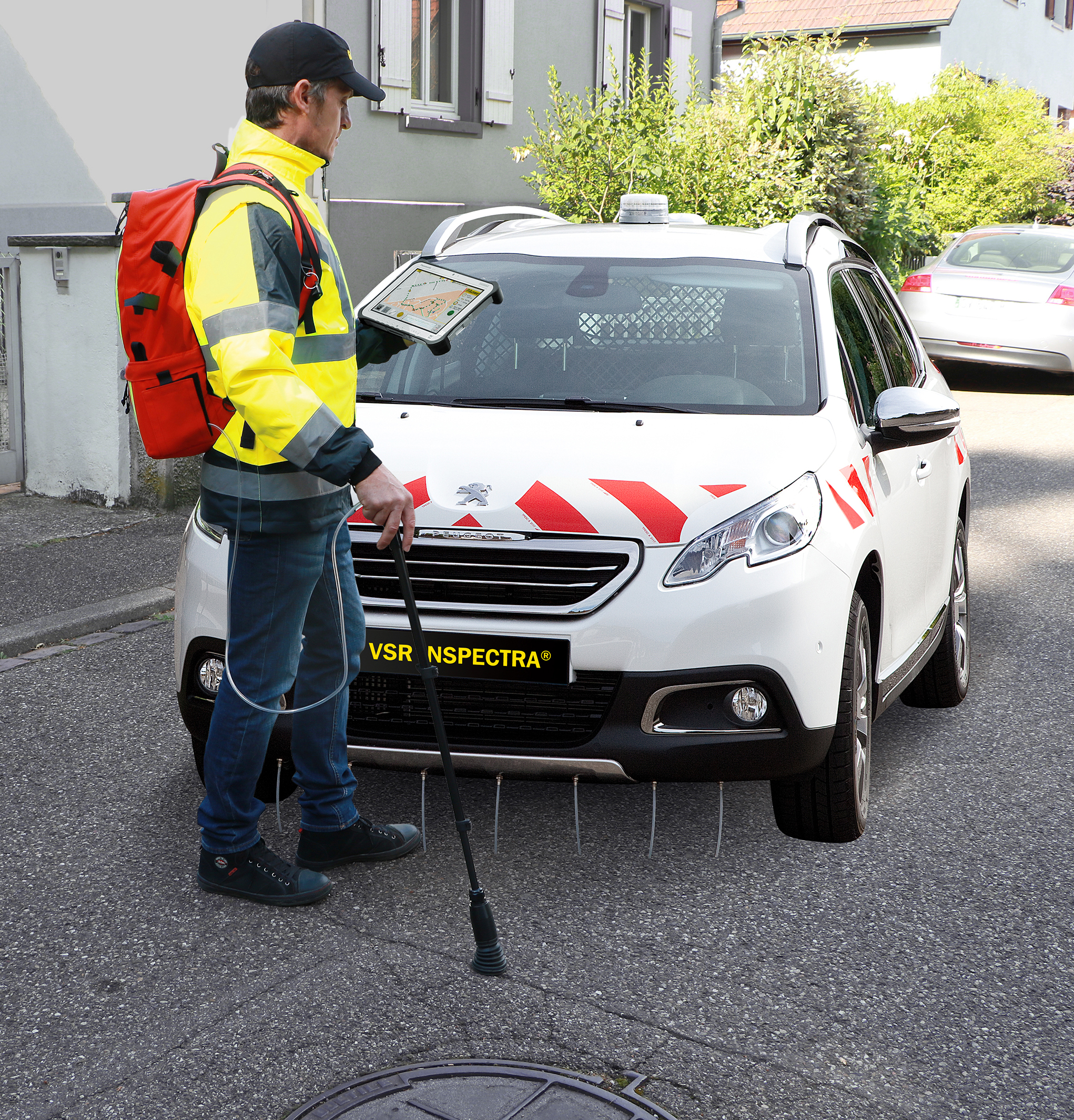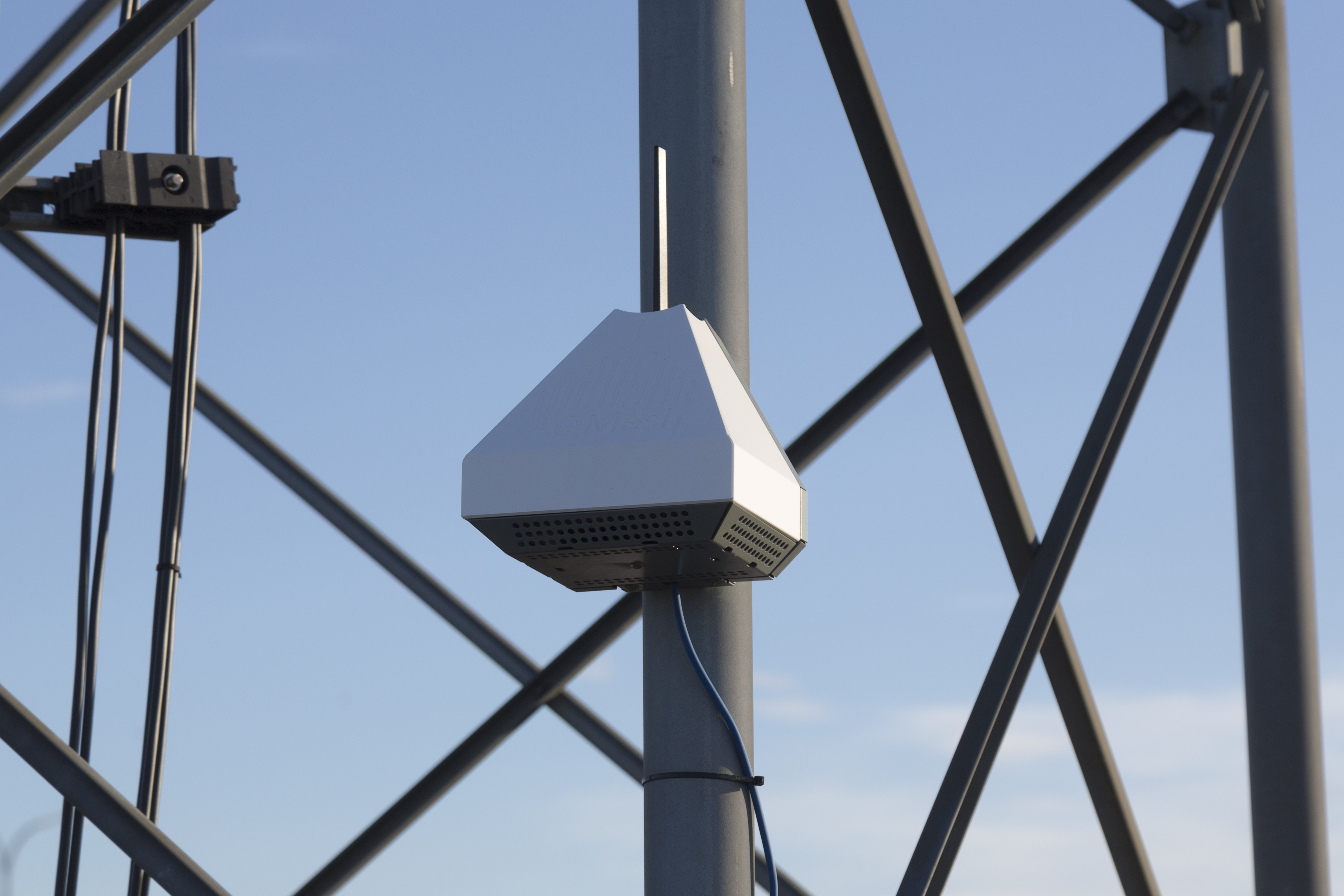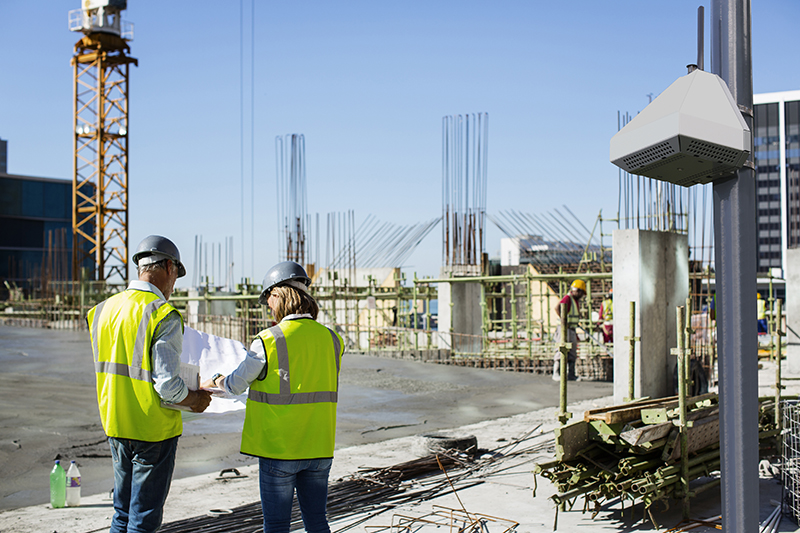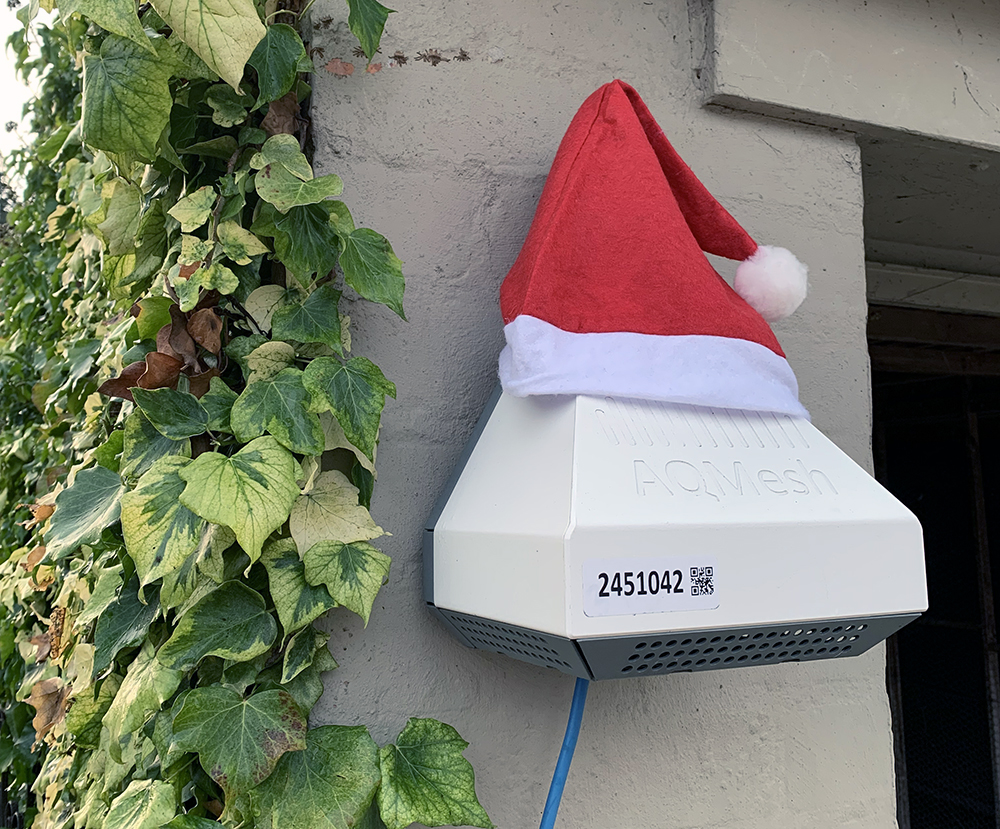 Everyone loves holidays, whether Christmas or anything else, right? So what’s special about ‘air quality’ people? What we get so excited about are ‘free’ experiments, where distinct changes in activity help to peel away the layers of air pollution measured. Over the years, various studies have been published, showing residual air pollution levels when other sources drop – or increase – significantly.
Everyone loves holidays, whether Christmas or anything else, right? So what’s special about ‘air quality’ people? What we get so excited about are ‘free’ experiments, where distinct changes in activity help to peel away the layers of air pollution measured. Over the years, various studies have been published, showing residual air pollution levels when other sources drop – or increase – significantly.
Around this time of year there are changes in emissions activity around schools, businesses and industry, roads (both increases and decreases), burning of solid fuel in households, domestic heating, and so on. As well as looking at changes in measurement over time (hourly or shorter intervals) and space (hyperlocal monitoring means you can literally measure at any point you wish, from a specific point on a specific road junction to a school playground), measurement of multiple parameters is an eye-opener.
Studies by the University of Cambridge have shown how small sensor air quality measurements can be used in conjunction with their scale separation technique to distinguish between local and regional or background sources. Comparing the proportion of different pollutants in this way can give a ‘fingerprint’. CO2 measurements provide a baseline combustion level against which generally traffic-related NO / NO2 / NOx can be compared. Looking at PM fractions against CO2 and other gases can also provide more insights than individual measurements alone can provide. And, of course, dramatic shifts over time – like holidays – sharpen that focus.
A network of sensor systems has the additional benefit of showing whether pollution is being displaced from one location to another, with this forming part of the analysis around other behavioural change triggers, such as the introduction of a traffic Low Emission Zone (LEZ). It can also help identify hyperlocal sources of pollution, where high levels of pollutants are only seen by one of the monitoring points.
One memorable headline from several years ago was that a higher amount of PM2.5 in one London borough over the Christmas period could be attributed to domestic solid fuel combustion (cosy wood-burners) than road traffic. So, whether it is reduced traffic around schools, increased traffic at shopping centres or chestnuts roasting on all those open fires, the holidays can provide a curious insight to local air quality data and pollution patterns.
Happy holidays from the team at AQMesh.

